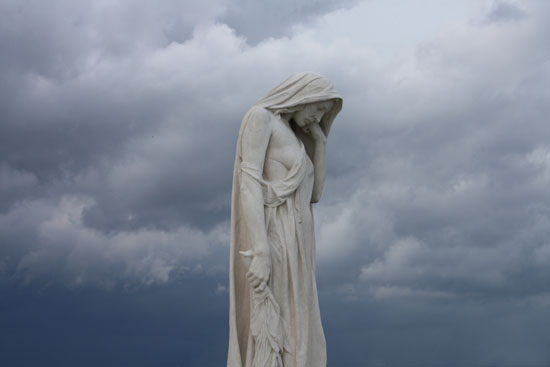
It’s not often a person walks in the footsteps of an ancestor. Nor are there many opportunities to sense the sights, sounds and smells that someone who lived nearly a century ago experienced.
Recently, I read about such an experience when I was asked to endorse an application by a member of our community for the Beaverbrook Vimy Prize. As part of her application, Rebecca MacDonald, 17, wrote about her great-grandfather, Walter James MacDonald, an engineer in the 13th Canadian Mounted Police who served at the Battle of Vimy Ridge in April 1917.
“Standing in the trenches and the fields of Vimy Ridge, I could feel his spirit,” she wrote.
In 2007, Rebecca had travelled with about 4,000 other Canadian students to the 90th anniversary observances of that extraordinary Canadian victory in the Great War that many contend gave birth to Canada’s nationhood. That’s when it hit her. “Maybe (he) stood right where I was standing … as they captured that ridge.”
Back in February of this year, Rebecca asked to read some of my research on the battle, to sort through documents I had discovered in our own Uxbridge-Scott Museum about Col. Sam Sharpe and the 116th (Ontario) Regiment, and to build on her personal knowledge of the battle. She told me she was applying for the prize, named in honour of Canadian-born newspaper publisher and government minister Lord Beaverbrook (Max Aitken); it would entitle her to join other 17- and 18-year-olds from Canada, the U.K. and France in history seminars, museum events and visits to Great War battlefield sites in Europe.
Rebecca’s 20-page application – of essays, reflections and credentials – taught me a lot about the generation that First World War soldier Walter James MacDonald would never see, Rebecca’s generation born in the mid-1990s into relative privilege and comfort.
“I’ve started to realize how truly blessed I am,” she wrote in a reflective essay. “I have a nice house, a loving family and caring friends. I am privileged enough to attend school everyday… I can walk around town feeling safe.”
It was a far cry from that of her great-grandfather’s generation. In Ontario County such young men responded to Sam Sharpe’s invitation to serve King and Empire and joined the 1,100-strong Ontario Regiment in 1915 to go off and fight an unknown enemy in the no-man’s-land of the Western Front in Europe. Rebecca writes extensively about Sharpe and about those recruits in her essays. But along with the attraction to war, Rebecca notes the cost of it. Of the 1,100 who departed wearing 116th Battalion insignia, after Vimy, Passchendaele, Avions and Lens through the last two years of the war, she notes only 160 returned. Such losses left their mark on the colonel. Sam Sharpe returned – a broken and shell-shocked soldier – to Montreal where he committed suicide. And the loss, Rebecca learned, cut even closer to her home than that.
“As part of the 116th Battalion, 115 former (Uxbridge Secondary School) students went to war and 13 were killed in action,” Rebecca wrote. “Fellow students at the time raised money for a memorial tablet and received donations to fund a scholarship in their memory.”
I read through some of the letters of endorsement that accompanied mine in Rebecca’s application. They were equally glowing. The letter from her school counsellor recounted the way Rebecca had connected with Second World War veteran Fred Barnard, who landed in France on D-Day along side his brother Don (both with the Queen’s Own Rifles).
“Through speaking with him and researching his war history,” Carolyn Allen wrote, “Rebecca developed a friendship with Mr. Barnard. While in France, (she) laid a wreath on Mr. Barnard’s brother’s grave and upon returning to Uxbridge, she spoke publicly about the impact of her connection with Mr. Barnard. She experienced war through his memories and heartbreak and was able to stand on his battlefields and decorate a grave he himself could not bring himself to visit.”
About a month after she received my endorsement for her application, Rebecca told me over the phone that she had made it to the short list. In another week the Vimy Foundation people would interview her to make a final selection. Then, last week, with the 94th anniversary of the April 9 battle of Vimy Ridge just days away, I met Rebecca at her part-time job in town.
“What’s the word?” I asked, figuring it had to be victory.
“Didn’t get it,” she said. “But I made the short list.” She shrugged a moment and almost as quickly said, “I plan to run for student trustee at the board of education.”
No doubt like her great-grandfather, Rebecca MacDonald has learned the value of aspiring to a goal and pressing on no matter what. There can be no greater tribute to his memory or to Vimy than that.
This statue of Mother Canada is probably the most meaningful of all statues created. The meaning that this statue has just cannot be understated.